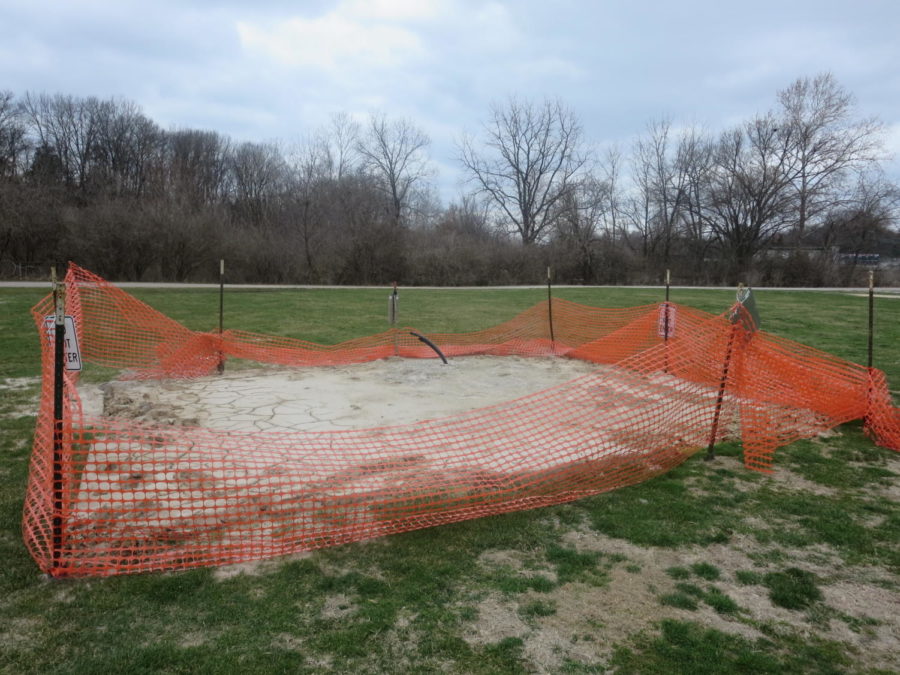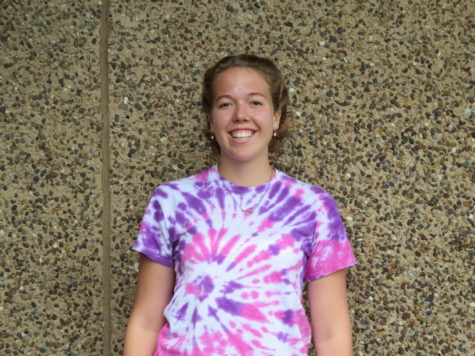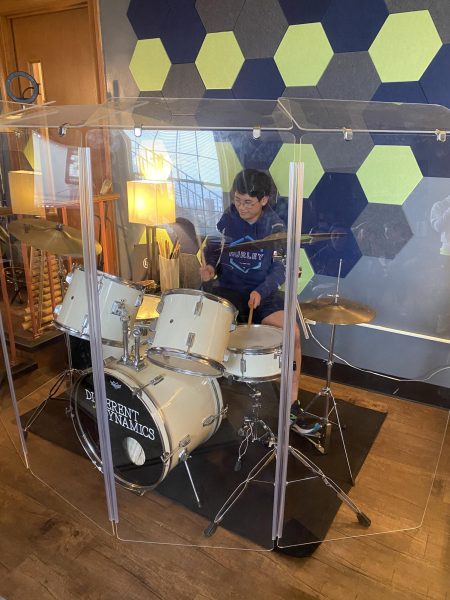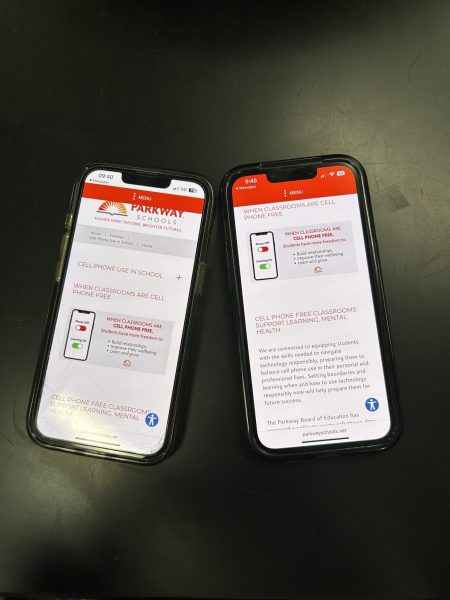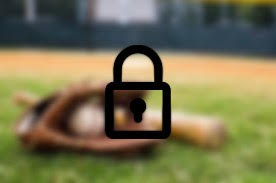South taps the earth for energy
South High to receive Geothermal system for 2019-2020 school year.
A construction fence marks off the space where test drilling has taken place for South High’s geothermal system.
South High is going green. By the 2019-2020 school year a geothermal heating system, formally termed a ground-source heat pump, will be installed if construction proceeds as planned.
Test drilling took place on Feb. 13. A test well is now exposed in the marching band field; the construction workers drilled 500 feet into the ground to reach a permanent water source.
Engineering teacher Brian Oakley explained how this system will work.
“Pipes will run from a chiller to the band field and back in a closed system. Like in a cave, the temperature deep underground is constant, about 56 degrees. It takes less energy to heat the system to about 72 degrees because you start at a higher temperature,” Oakley said.
Sustainability and Purchasing Director Erik Lueders said that the ground-source heat pump is being installed because the old system is at the end of its life. While this geothermal project will be expensive, totalling about $2,950,000, the old system would cost $1,025,000 if replaced, according to Lueders. Additionally, this system will be more cost effective and environmentally friendly. Lueders said the funding for this project is coming from the 2014 and pending 2018 bond issues.
“The project is expected to save $76,000 a year in utility costs and reduce 595 metric tons of CO2 emissions,” Lueders said.
In order for this system to work, about 250 holes must be dug in the marching band field; however, after the project is complete, the holes will be covered and the field will still be usable.
“They will insert concrete and piping into the 500 feet deep holes. The tops of the holes must be deeper than the frost line, about 18 in. below the surface, and dirt and new grass will be replaced on top,” Oakley said.
Oakley emphasized the positive impact this system will have.
“They want to dig about 250 holes to cycle the water through, but also this many holes allows the system to be mostly maintenance free for many years. If we have some seismic activity a pipe might sheer and be ineffective. If this happens the pipe could be caped, and the many other holes would continue heating the school,” Oakley said.
According to Oakley, this project is long term and will positively impact the environment. For 50 years the operating equipment would only need to be replaced once or twice.
If everything goes as planned Lueders said construction will happen in two phases.
“Phase 1 will occur summer of 2018. This is simply a replacement of the chillers that must happen regardless of whether or not we’re to move forward with geothermal. These new chillers are geothermal compatible and compatible with the existing system. Phase 2 is targeted to begin spring of 2019 and be completed prior to school resuming in August of 2019. Phase 2 includes the construction of the geothermal well field and connection to the chillers installed in phase 1,” Lueders said.
The ground-source heat pump is the only of this kind being evaluated in the Parkway District and is a show of Parkway’s commitment to sustainability, according to Lueders.
“This system is an innovative approach to long term needs at South High that will reduce our operating expenses, reduce our contribution to greenhouse gas emissions, while providing a learning opportunity for students. I’m excited that the high school that I graduated from has an amazing opportunity to showcase Parkway’s commitment to sustainability,” Lueders said.


